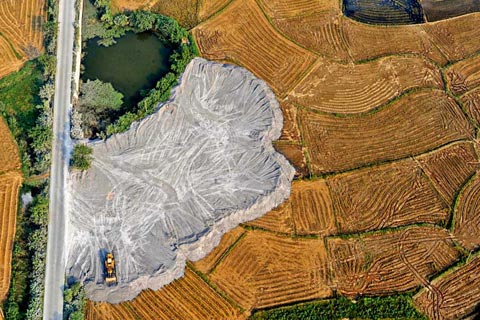China Comes to Grips with Poisons Underfoot

(Beijing) -- Pollution that is easily perceptible in China's rivers and urban air has gotten a lot of attention in recent years.
Now a less obvious environmental concern with equally serious repercussions – soil contamination – is getting the attention it deserves thanks to a first-of-its-kind nationwide study that documents a heavy toll on China's farms, forests and grasslands.

- MOST POPULAR




